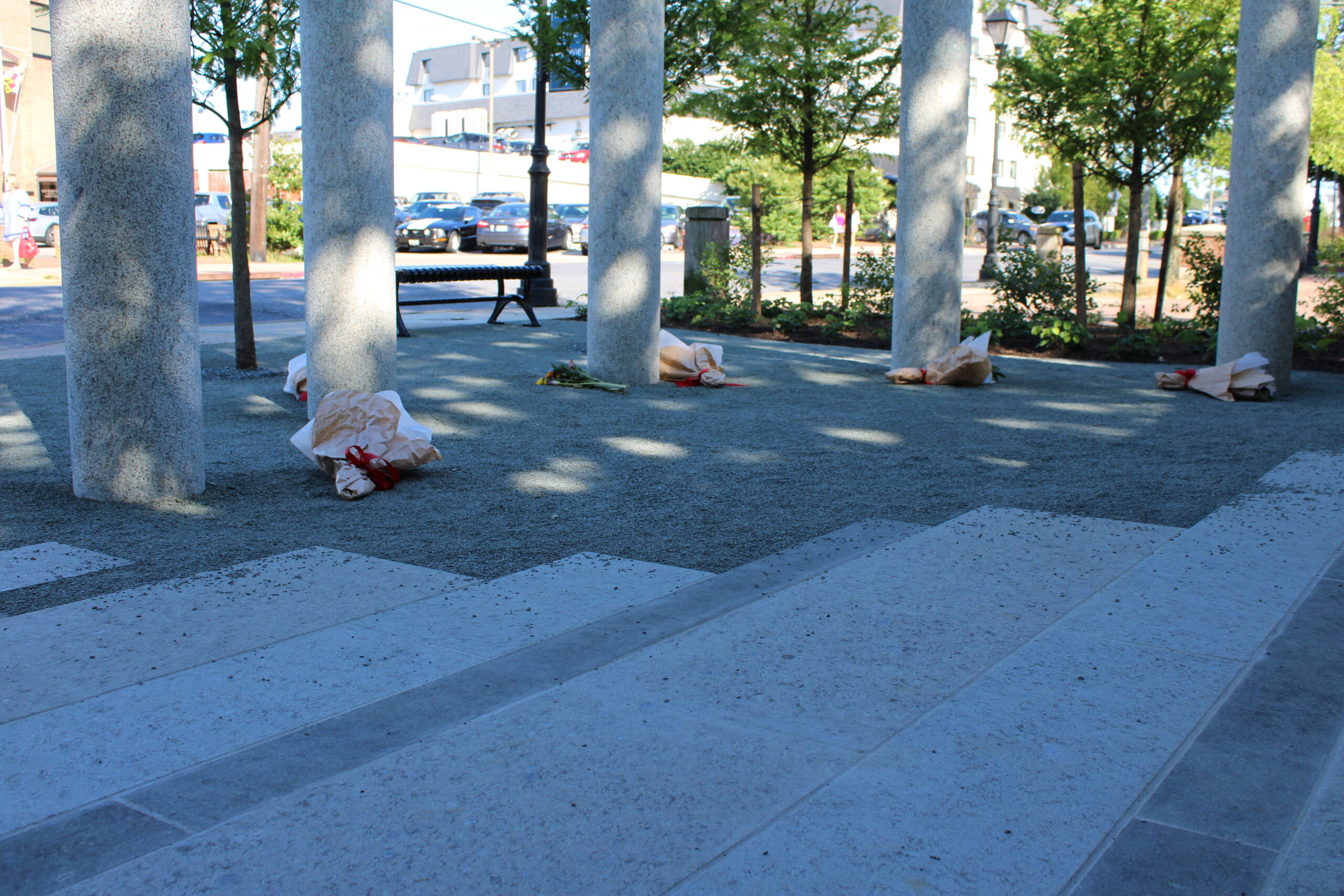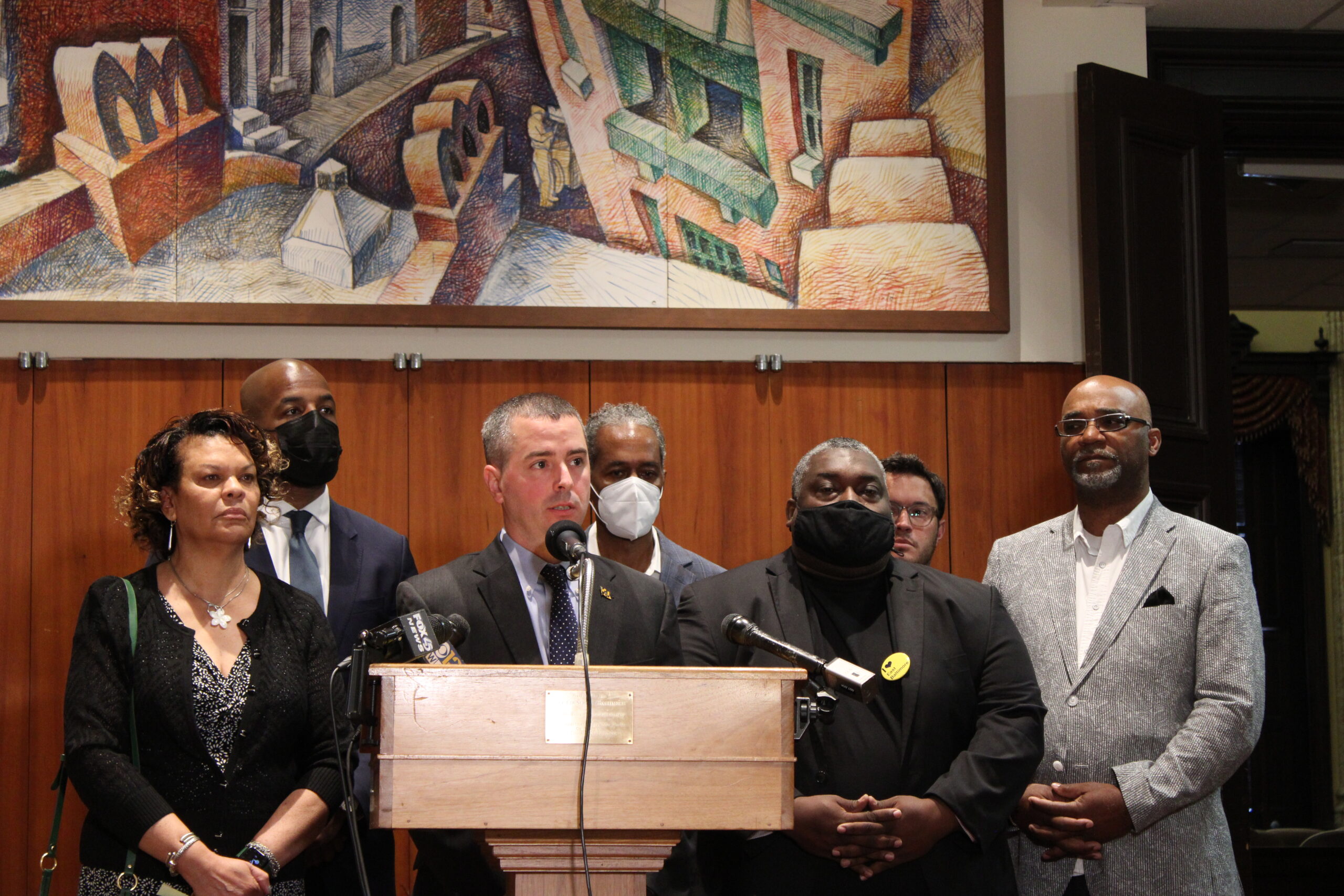Prosecution Begins Making Case for Prison Sentence for Capital Gazette Shooter

After seven days of court proceedings, defense attorneys for the gunman guilty of murdering Capital Gazette staffers Gerald Fischman, Robert Hiaasen, John McNamara, Rebecca Smith and Wendi Winters rested their case Thursday.
Now it’s up to the prosecution to convince the jury why Jarrod Ramos should be found criminally responsible for the deadly attack. Jurors will decide, based on their conclusion about Ramos’ mental state at the time of the shooting, whether he is sentenced to prison or a maximum-security psychiatric hospital.
Anne Arundel County State’s Attorney Anne Colt Leitess (D) told jurors that the reason Ramos killed five people on June 28, 2018, was “revenge.”
“It’s about getting back at an organization — a company — because they hurt him,” she said during her opening statement late Thursday afternoon.
Ramos had had a longstanding grudge against the Capital Gazette since 2011 when a former staff writer Eric Hartley penned a column called “Jarrod wants to be your friend,” detailing his guilty plea in a harassment lawsuit filed by a former classmate.
Ramos’ main concern was one sentence:
“His messages rambled… saying ‘Expletive you, leave me alone’ though she hadn’t written him in months.”
Defense expert witness Dr. Dorothy Otnow Lewis, a clinical psychiatrist who specializes in violence, said that Ramos interpreted the word “rambling — which is a nothing kind of word,” in a way that he thought would make other people think he was crazy.
Lewis said that Ramos told her that by using that term, Hartley had “bad-mouthed him” — “that he had so badly hurt him that he didn’t deserve to live.”
The defense’s case hinged mainly upon Ramos’ mental condition.
From her evaluation, Lewis alleged that he suffers from autism spectrum disorder, obsessive compulsive disorder and delusional disorder.
Leitess and Assistant State’s Attorney David Russell say that Ramos is mentally ill, but doesn’t suffer from any of the maladies that the defense’s expert witnesses diagnosed. Rather, they allege he suffers from narcissistic personality disorder.
During her opening statement, Leitess told the jury that they will learn from witnesses and evidence how Ramos believes that he is “smarter than everybody else.” But Hartley’s column “hit him in the face” and “that injury was too much to bear and so he started plotting his revenge,” she said.
Cases in which defendants allege that they are not criminally responsible for their actions — Maryland’s version of an insanity plea — are bifurcated, or split into two parts: one trial to prove guilt, and another to determine the defendant’s sanity at the time of the crime.
Ramos pleaded guilty to all 23 counts against him on Oct. 28, 2019, just two days before jury selection for the criminal phase of his trial was set to begin.
In this sentencing phase of the trial, the burden of proof is on the defense, which must prove that Ramos was not sane by a preponderance of the evidence — or more likely than not — at the time the crime was committed.
According to Maryland’s criminal code, a person may be found “not criminally responsible” if the person was suffering from a mental disorder that didn’t allow them to understand that their behavior was unlawful or that rendered them unable to follow the law at the time they committed their crime.
“The defendant here today is presumed sane,” Leitess said.
Leitess laid out a timeline noting that Ramos tried “all sorts of lawful ways” to right the wrong he felt the newspaper had inflicted, including writing letters to the editor and comments on its website.
But Leitess said that that recourse didn’t work, and he realized that this could slight his chances at romance: all anyone would need to do is search his name online and the column would come up.
“So he sued,” she said.
Ramos waged years’ worth of lawsuits against an ever-growing list of defendants, including The Capital Gazette, its former editor, the staff writer, his former classmate and her attorney.
His legal recourse failed, which is when Leitess said he began to consider other routes, like attacking the Maryland Court of Appeals.
But, with the understanding that the court is a heavily guarded state government building, she told jurors “he picked a soft target: 888 Bestgate — a place where there are no armed guards who could stop him.”
Leitess painted a picture of a strategic killer: One who chose the date and time of his attack because he thought that there would be a public editorial board meeting; who disguised himself as a courier to enter the building unnoticed before changing his clothes under a stairwell; who left a decoy backpack in the hallway to scare and slowdown first responders as they ran in to help; and who had set the timer on his wristwatch because he had allegedly studied mass shooters and knew that he would have about five minutes before help arrived.
Leitess was also able to break the attack down minute by minute.
At 2:33 p.m., Ramos barricaded the newspaper suite’s back exit. He stopped shooting at 2:37 p.m. when he tweeted from his personal Twitter account on photojournalist Paul Gillespie’s laptop. Ramos called 911 at 2:38 p.m.
Leitess played audio from the call in court Thursday:
“This is your shooter. The shooting is over. I surrender. I’m at 888 Bestgate. I’m now unarmed,” he said to the dispatcher.
At 2:44 p.m. officers entered The Capital Gazette suite to remove victims and survivors. Ramos was found hiding under a desk at 2:51 p.m.
“He attacked people that didn’t have the ability to defend themselves that day,” she said. “People at their desks, at their computers doing their job.”
The first two days of the trial were heavy with photos and surveillance and body camera footage from the scene, often portraying the deceased.
At the conclusion of Thursday’s proceedings, Judge Michael Wachs read a note from a juror requesting that “out of respect for Ms. Rebecca Smith,” they not rewatch her suffer.
Wachs told the prosecution that how they put on their case is up to them.
Staff members who survived the attack, Janel Cooley, Selene San Felice, Rachel Pacella, Phil Davis, Paul Gillespie and former intern Anthony Messenger, are expected to testify.
“Six survivors and five dead,” Leitess said.
The state will begin presenting its case Friday morning.




 Creative Commons Attribution
Creative Commons Attribution